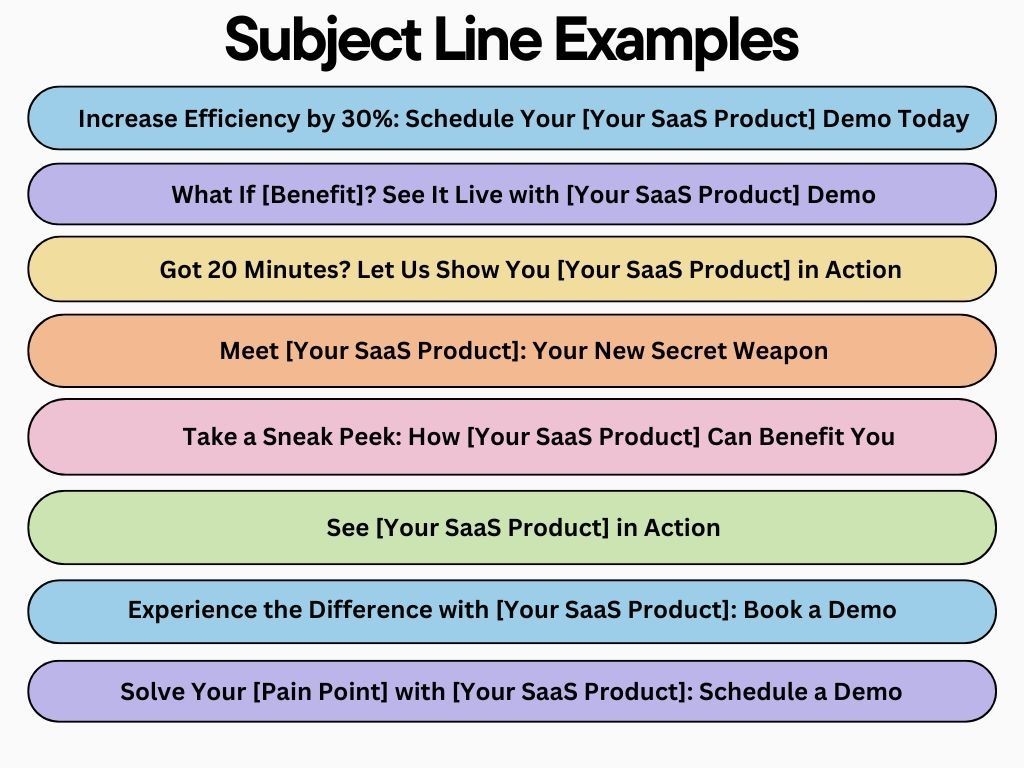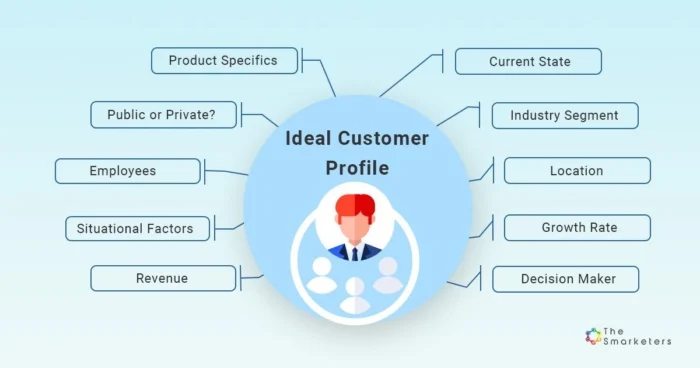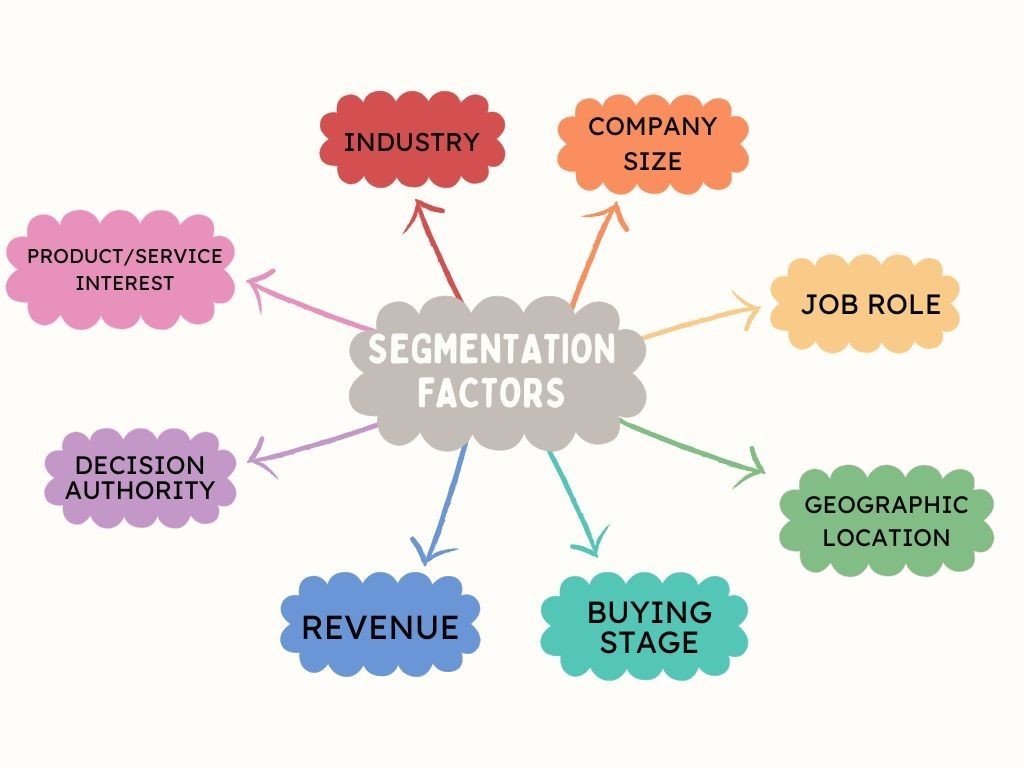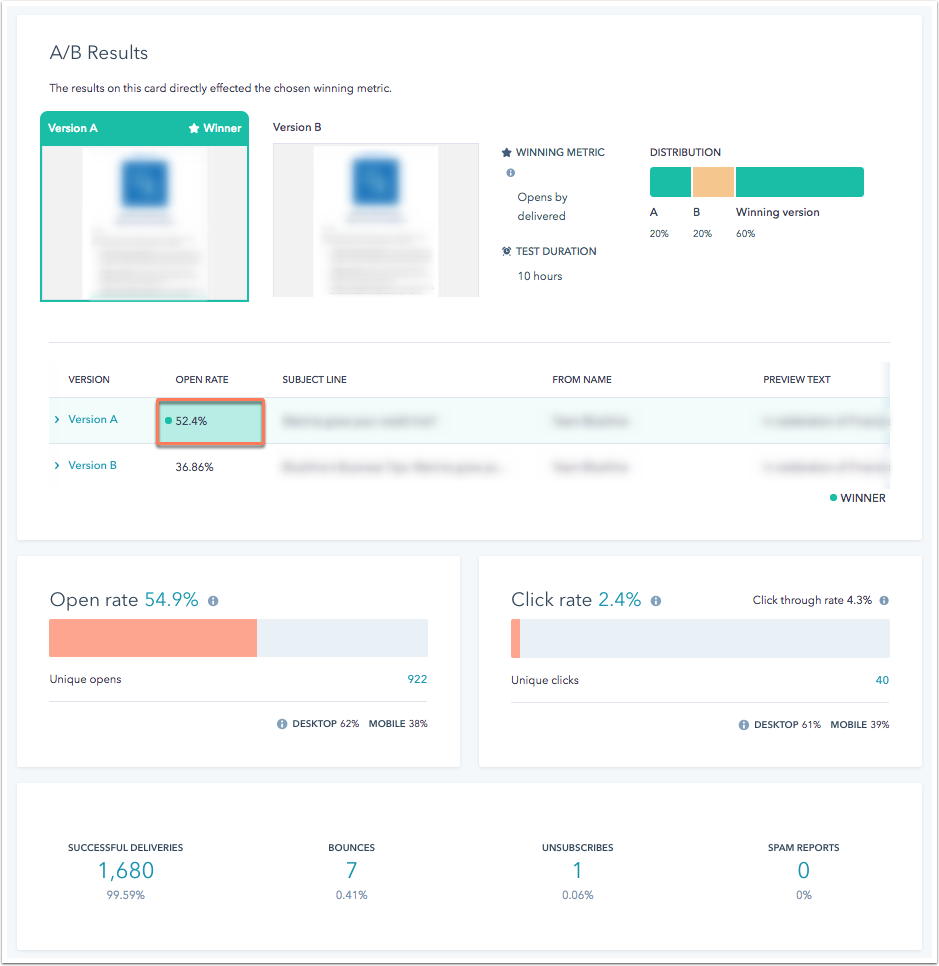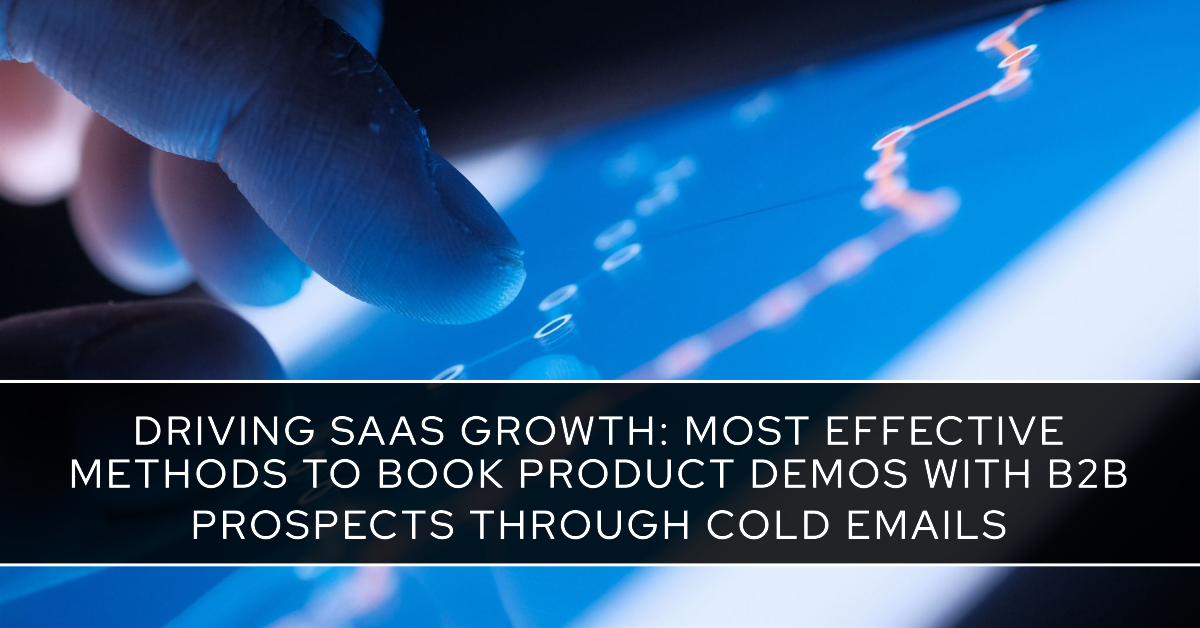
As per Statista, the SaaS market was worth approximately 197 billion U.S. dollars in 2023 and is projected to grow to 247 billion U.S. dollars by the end of 2024.
Product demos are pivotal in the B2B sales process, offering potential customers a firsthand experience of software capabilities tailored to address their specific needs and pain points. According to statistics, personalized product demos are the most compelling content for software buyers, accounting for 40% of sales.
Tailored cold emails to B2B prospects effectively introduce the benefits and features of SaaS products.
Understanding Cold Emails in B2B SaaS
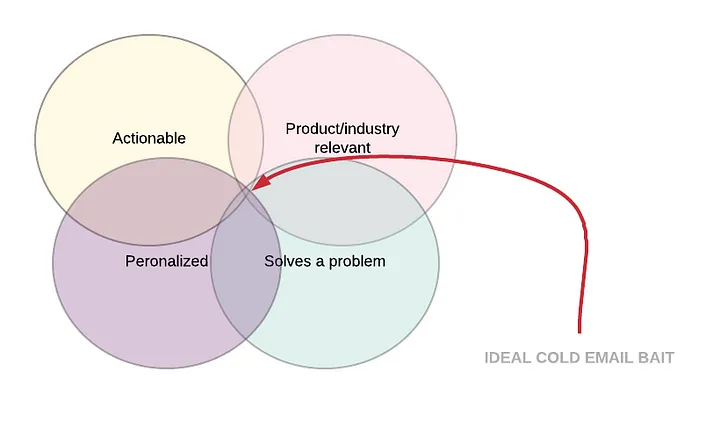
The Anatomy of an Effective Cold Email
1. Subject Line
According to research findings, 47% of email recipients choose to open an email based solely on its subject line. Highlight a benefit or a solution to a problem the recipient might be facing, increasing the possibility of opening the email.
2. Opening

3. Body

4. Call to Action (CTA)

5. Signature
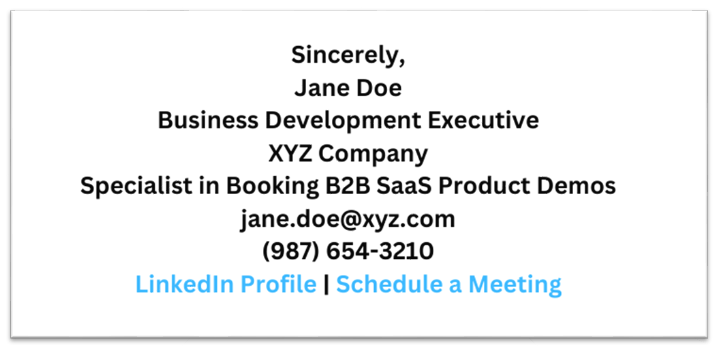
Strategies for Crafting Effective Cold Emails
1. ICP Formation
Companies with a well-defined Ideal Customer Profile (ICP) experience a 68% higher rate of winning accounts. Before initiating any cold email campaign, defining your Ideal Customer Profile (ICP) is essential.
2. Prospecting
Effective prospecting is crucial for identifying and reaching out to qualified leads that fit your ICP criteria. Use appropriate tools to research and verify prospects. Engage in targeted list-building activities and networking to expand your reach.
3. Email Deliverability
Statistics show that for every $1 spent on email marketing, the average ROI is approximately $36. Craft subject lines and content that are clear, relevant, and free from spammy elements.
4. Personalization
Personalized emails are more likely to resonate with recipients, showing that your outreach is relevant and worth their time. Use data and insights to tailor your messages specifically to the challenges, goals, and pain points of your target industries.
5. Value Proposition

6. Social Proof
Incorporate social proof to build credibility and trust with B2B prospects. Social proof validates your claims and shows the real-world impact of your product, ensuring recipients that your solution is effective and trustworthy.
7. Timing and Frequency
A survey conducted by HubSpot among over 150 marketing and advertising professionals in the U.S. revealed that most respondents experienced peak engagement for their marketing emails from 9 AM to 12 PM and from 12 PM to 3 PM.
Best Practices for Cold Email Campaigns
- Segmentation: Segmentation strategies emerge as pivotal tools, enabling businesses to customize their communications and interact with prospects at a highly personalized level.
- A/B Testing: Key elements to test are subject lines, email copy, CTA buttons, visuals, and send times.
- Automation Tools: Email automation stands as the most frequently automated marketing channel, with 65% of marketers harnessing its capabilities. Automation is essential in streamlining and scaling your cold email outreach efforts.
- Compliance: Make sure your B2B cold email campaigns are compliant with legal and ethical standards to maintain trust and avoid potential legal liabilities.
Key Metrics to Track
- Open Rates: If your email open rate falls below 40%, it risks damaging your sender reputation, as email service providers may perceive your emails as lacking value to recipients. Open rates are one of the top two metrics that 31% of marketers track during their email marketing campaign.
- Response Rates: The percentage of recipients who respond to your cold emails, indicating interest and engagement. Cold email campaigns typically yield response rates ranging from 1% to 5% influenced by industry, email list quality, and the level of personalization.
- Demo Booking Rates: The percentage of recipients who schedule a product demo after receiving your cold email.
- Conversion Rates: The percentage of demo attendees who convert into paying customers.
Calculating ROI
- Cost per Lead: Calculate the cost incurred to acquire each lead by dividing total campaign costs, including tools, labor, and overhead, by the number of leads generated.
- Customer Acquisition Cost: Determine the average cost of acquiring a new customer by dividing total campaign costs by the number of customers acquired.
- Revenue from Campaigns: Track revenue generated directly from leads and customers. Include initial sales and potential recurring revenue over the customer’s lifetime.
- ROI Calculations: Use the formula [(Revenue – Campaign Costs) / Campaign Costs] x 100 to calculate the ROI percentage.
Wrapping Up
Effective B2B email strategies for SaaS companies depend on personalized outreach, compelling value propositions, and strategic timing. B2B SaaS companies should prioritize innovation, data-driven insights, and automation tools to streamline processes and deliver meaningful ROI.
